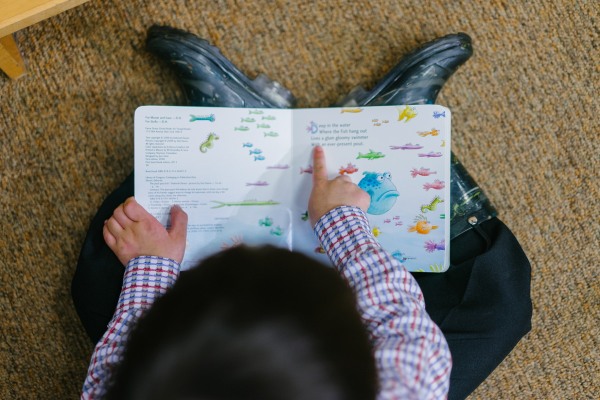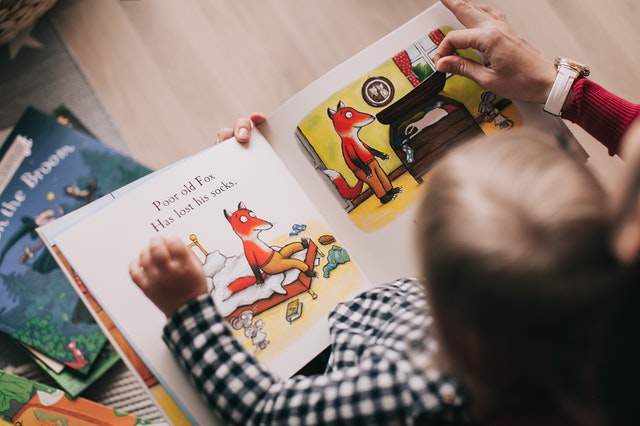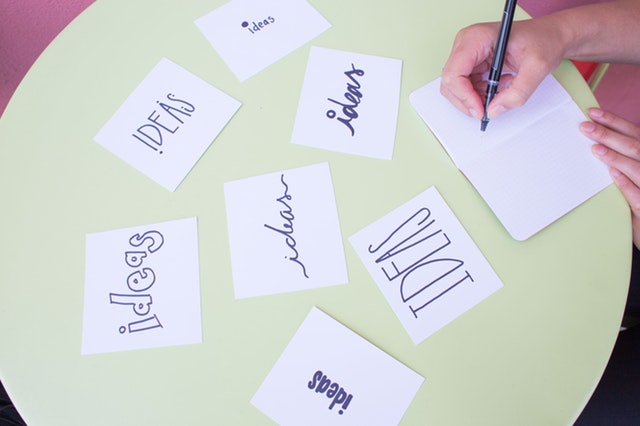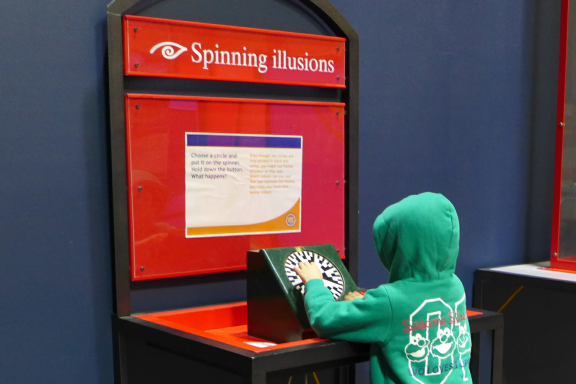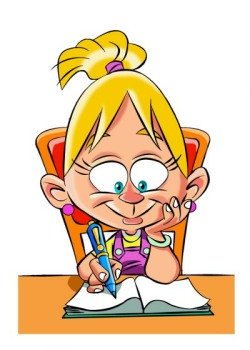Homeschool Art Curriculum
A homeschool art curriculum has a lot of benefits to children. This includes the development of language and communication skills, dexterity, motor skills, creativity, focus, persistence, problem-solving skills, collaboration and teamwork in groups, and improved academic performance.
Music
For our homeschool art curriculum, one of the first things I made sure my children learned was music, specifically playing the piano. Studies show that kids who know how to play a musical instrument do better in academics like math, science, and engineering. Learning a musical instrument takes hard work, patience, and dedication. When a child masters how to play a song, it develops the child's self-confidence. In playing the piano, the child also increases their eye-hand coordination, improves their motor skills, and helps in the child's dexterity.
The piano lessons for kids that I have chosen were ones that I found online. This was mainly because we needed more money for all my kids to learn piano simultaneously. I calculated that with a traditional teacher, it would cost us thousands of dollars in a year, and we could not afford it. I decided to look for an online course, and I'm glad I found one that has helped my children play the piano. Now, they are often invited to play in some of our activities. They play in church services like baptismal, funeral, or cultural shows. It took them about 2 years to finish all the lessons in the course.
Visual Art
Another area in our homeschool art curriculum is visual art, which includes drawing and painting. We bought a few books on the Learn to Draw series. We tried to get the children to have a go at them regularly. We use different mediums such as colored pencils, graphite, watercolor, and non-toxic acrylic paints. We also do paper arts like origami.
Drama
We also have drama in our homeschool art curriculum. Drama helps children develop self-confidence, communication skills, imagination, collaboration, and cooperation.
Dance
The next in our homeschool art curriculum is dance. We bought an online course that teaches the kids dancing. We have it once a week in our schedule. Some Youtube channels also offer dance lessons; my children learned hip-hop from there. Having just half an hour of dancing is excellent and fun!
Media Art
Media art is an integral part of our homeschool art curriculum. This area involves crafting art through communication technologies such as film, television, video games, and desktop publishing while conveying stories. By engaging children, media arts inspire their creativity. As we live in a digital age, it is essential to teach children how to use different computer programs such as MS Office and programs like Serif products.
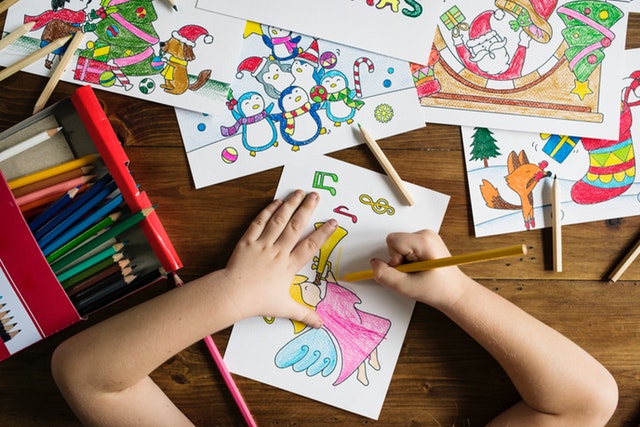
Sample for Homeschool Art Curriculum
Other Homeschool Art Curriculum Ideas
Art Lab for Kids - This is a great book if you are looking for an introduction to
different types of art media. It can put some structure and planning
into artwork. It offers artists a lot of flexibility during the art
creation process. It helps one plan out a project, and allows to
determine what they will create in each lesson. The exercises are
separate from each other. There are themed units like Drawing, Painting,
Paper, and Mixed Media and you can skip things as you go. It is perfect
for homeschoolers for any age. The projects cover drawing, painting,
paper, print making and mixed media. You can use charcoal, oil and soft
pastels, markers, acrylics, watercolors, and screen prints.
Draw 50 Animals - This book can introduce kids to the art of drawing and help them to easily understand each step in drawing animals. The book encourages your child to visually analyze a subject to basic shapes, re-assemble them and slowly introduce details. Drawing with simple circles, arcs or ovals helps the child to focus on details and to understand proportions. This book gives a good framework and samples for practicing and thinking about animal forms. It is pretty easy to follow but it's pretty basic because it doesn't get into shading to give the animals more 'depth'. But with some practice, your art can turn out pretty good.

